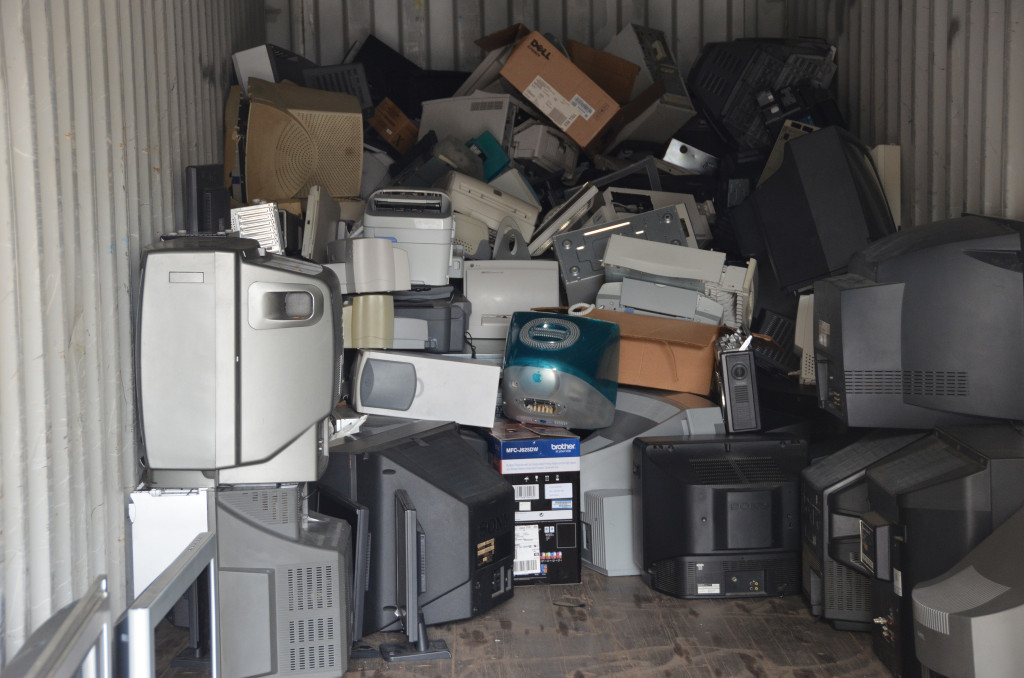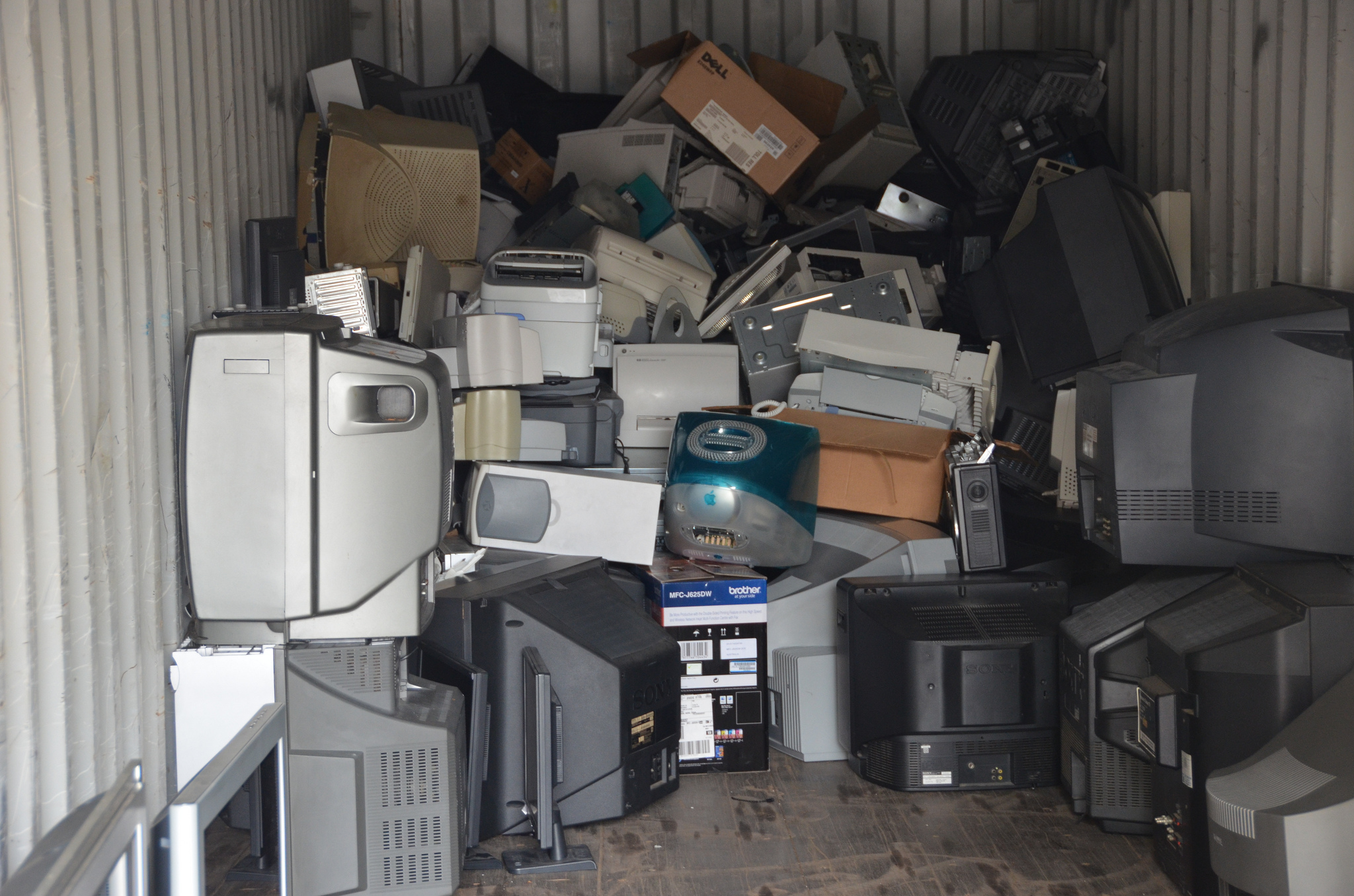
“Reduce, reuse, recycle” was a popular mantra of the 80s and 90s, encouraging citizens to separate paper, plastic, and aluminum from their trash. But with the exponential rise of electronics like cell phones, laptops, and tablets – recycling has become more complex.
Known as e-waste, discarded electronics are problematic for several reasons. Not only are they an environmental hazard when tossed in landfills, but they also contain valuable metals like platinum and gold. Recycling, then, seems like the clear answer.
But the reality is much less ideal. The majority of e-waste is generated by wealthy, industrialized nations, while most e-waste recycling is done in places like Pakistan, Ghana, and rural China – which often lack the infrastructure to recycle e-waste safely.
The world’s largest e-waste site is in Guiyu, China. Day in, and day out, women strip raw materials from cell phones, laptops, and household appliances. Much of it is the product of China’s own electronics boom, but e-waste is regularly shipped in from the U.S. and Europe despite an import ban.
Lacking the facilities to extract the metals safely, both the environment and the workers suffer. Children in Guiyu have unsafe levels of lead in their blood. Fish have elevated PCBs. Air quality is poor from burning plastics. And run-off from the acid baths used to strip metals pollutes waterways.
A U.N. initiative called StEP – Solving the E-Waste Problem – is encouraging manufacturers to remove harmful chemicals from their products and create their own recycling streams. But more urgent action is needed.
Recycling e-waste is necessary, but it must be done safely and ethically.
**********
.
Web Links
See one of the world’s dirtiest jobs: e-waste disposal
STEP – Solving The E-Waste Problem
Photo, posted March 9, 2013, courtesy of Mosman Council via Flickr.
.
Earth Wise is a production of WAMC Northeast Public Radio, with script contribution from the Cary Institute of Ecosystem Studies.
